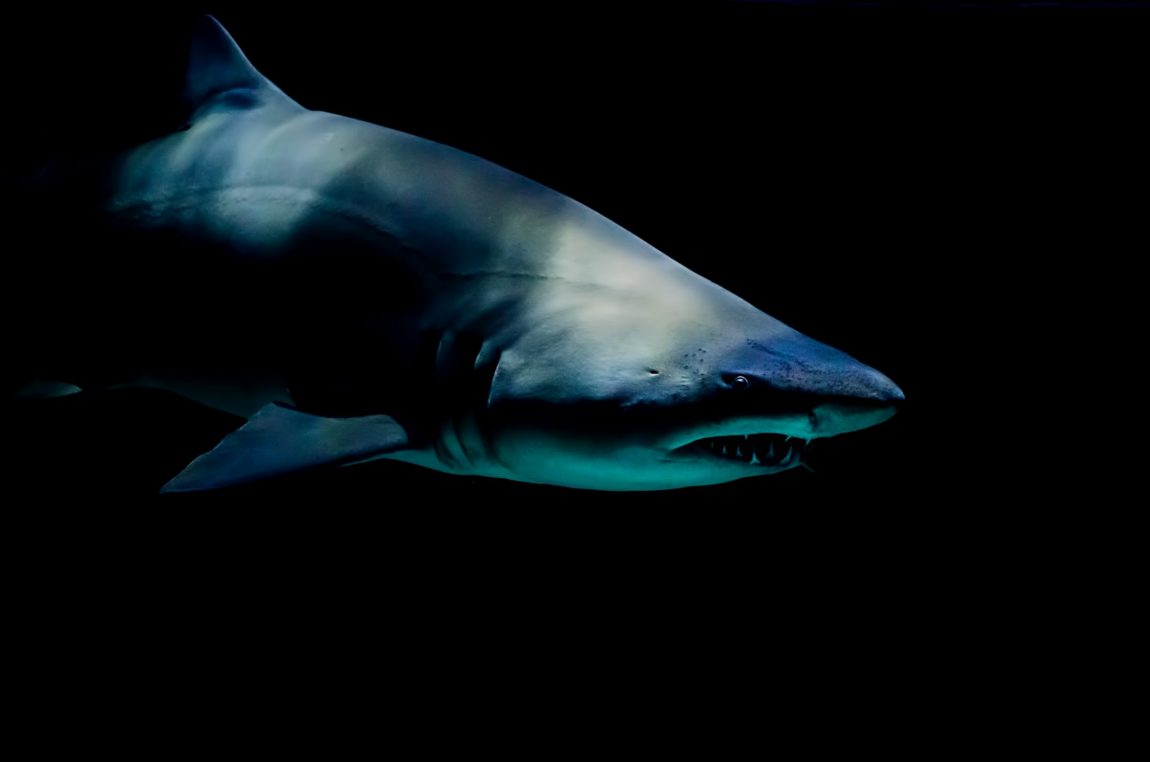The Majestic World of Sharks: Understanding Our Ocean's Apex Predators
Key Takeaways
- Sharks possess a fascinating anatomical and physiological makeup, highlighted by their cartilaginous skeletons and specialized dermal denticles.
- They exhibit diverse behaviors and adaptations, ranging from solitary hunting to social schooling, and have complex reproductive strategies.
- Threats to sharks include overfishing and habitat destruction, significantly impacting their populations worldwide.
- Conservation efforts are crucial to protect these vital marine creatures and maintain the ecological balance of our oceans.
Growing up by the seaside, I spent countless hours gazing into the depths of the ocean, mesmerized by its hidden world. Among the ocean's residents, sharks have always captured my imagination with their grace and mystique. Often misunderstood, these creatures are pivotal to marine ecosystems, yet they face numerous threats from human activities.
Unveiling the Mysteries of Shark Anatomy and Evolution
Sharks, with their streamlined bodies and powerful fins, are the epitome of evolutionary success. Their journey through time is as deep and complex as the waters they inhabit. The earliest sharks appeared over 400 million years ago, and their evolutionary path has been intricately linked with the Earth's changing environments.
Imagine the evolution of these creatures as a long, meandering river, carving through the landscape of time, shaping itself through epochs and eras. From the spiny sharks of ancient seas to the majestic great whites of today, each species tells a story of survival and adaptation.
The Diverse World of Sharks: A Tapestry of Species
Sharks come in astonishing variety, each adapted to its niche in the oceanic tapestry. From the tiny, luminescent lanternshark to the colossal whale shark, they range across a spectrum that is as broad as any creature on land. This diversity is a testament to the adaptability and resilience of sharks, but also to the rich and varied theatre of life that the ocean stage presents.
Navigating the Perils: The Threats Sharks Face
As a guardian of marine life, I've seen firsthand the challenges sharks face. Overfishing and habitat destruction loom large, casting shadows over their populations. The demand for shark fin soup has led to the brutal practice of shark finning, where sharks are often discarded back into the ocean after having their fins removed, left to perish. This not only causes unimaginable suffering but also disrupts marine ecosystems.
Conservation: A Beacon of Hope
Amid these challenges, conservation efforts shine as beacons of hope. Protected areas, anti-finning laws, and a growing public awareness campaign about the importance of sharks are all crucial steps towards ensuring that future generations may also marvel at these magnificent creatures. Each step we take towards conservation is like planting a seed of hope, a promise of a greener, more bountiful ocean.
Frequently Asked Questions about Sharks
Q: Can sharks really detect a single drop of blood from miles away?
A: Sharks have an incredibly keen sense of smell, capable of detecting blood at one part per million. However, the notion that they can smell a single drop from miles away is an exaggeration of their abilities.
Q: Are sharks as dangerous to humans as popular media suggests?
A: Despite their fearsome reputation, sharks are not as dangerous to humans as often portrayed. Unprovoked attacks are extremely rare and typically result from mistaken identity rather than predatory behavior.
Q: How can ordinary people contribute to shark conservation?
A: Individuals can help by supporting bans on shark finning, choosing sustainable seafood, spreading awareness about shark conservation, and supporting organizations that protect marine life.
Q: Why do sharks need to keep moving to breathe?
A: Not all sharks need to keep moving; some can pump water over their gills to breathe. Those that must swim to breathe use a method known as ram ventilation, where swimming forces water over their gills.
Q: What is the lifespan of a shark?
A: Shark lifespans vary widely by species. Some, like the spiny dogfish, can live for over a century, while others have shorter life cycles.
In the tapestry of the ocean, sharks are not just threads. They are the weavers themselves, shaping the ecological fabric of their marine world. As stewards of the earth, it is our responsibility to ensure that this fabric remains intact, not just for sharks but for all life, both marine and terrestrial.





